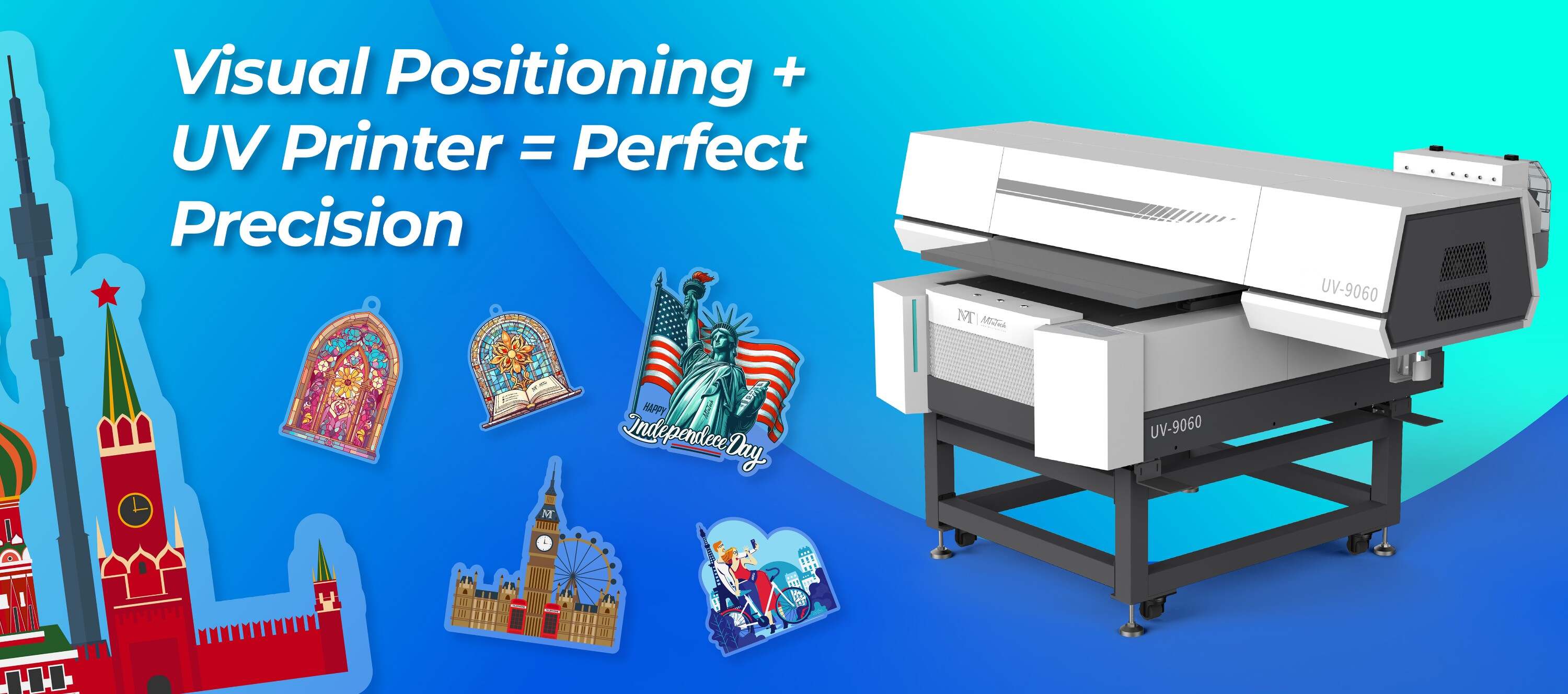The Importance of Lens Cleaning and Maintenance in Vision UV Printers
Introduction
In the world of printing technology, Vision UV printers are renowned for their exceptional quality and precision. However, achieving and maintaining that level of performance hinges on one crucial aspect: lens cleaning and maintenance. The lenses in UV printers play a significant role in the printing process, influencing everything from image clarity to color accuracy. Neglecting this vital component can lead to subpar results and increased operational costs.
Why Lens Maintenance Matters
The lenses in UV printers are responsible for focusing the UV light that cures ink on various substrates. Over time, these components are susceptible to dust, ink splatters, and other contaminants that can hinder their functionality. Proper lens maintenance ensures:
·
Consistent high-quality prints.
·
·
Extended lifespan of the printer's optical components.
·
·
Reduction in downtime and costs associated with repairs.
·
Understanding Lens Contamination
Lens contamination can occur from various sources. Here are some common culprits:
·
Dust and Particles: Dust can accumulate on the lens surface, diffusing the UV light and causing a hazy effect.
·
·
Ink Residue: Ink overspray or splatters can harden on the lens, obstructing light transmission and reducing print quality.
·
·
Environmental Factors: Humidity and chemical vapors from the printing environment can exacerbate lens contamination.
·
Benefits of Regular Lens Cleaning
Regular lens cleaning offers numerous advantages that contribute to the overall effectiveness of Vision UV printers:
1. Improved Print Quality
When lenses are clean, they effectively focus UV light, resulting in sharper images and vibrant colors. This improvement can significantly elevate the perceived quality of printed materials.
2. Cost Efficiency
Clean lenses lead to less wasted ink and fewer misprints, ultimately reducing operational costs. In addition, minimizing the need for repairs or replacement parts helps maintain budgetary control.
3. Extended Equipment Lifespan
Proper lens maintenance can prolong the life of the printer's optical components. By reducing wear and tear caused by contaminants, maintenance can save businesses from significant capital expenditure on new equipment.
4. Minimization of Downtime
Regular cleaning mitigates the chances of unexpected printer failures, ensuring smoother operations. This proactive approach helps businesses avoid delays in production and meets customer deadlines.
Best Practices for Lens Cleaning and Maintenance
To achieve the best results in lens cleaning and maintenance, consider these best practices:
1. Use Quality Cleaning Materials
Always opt for high-quality lens cleaning solutions and materials. Using improper supplies, such as rough cloths or harsh chemicals, can scratch the lenses or leave residue behind.
2. Establish a Cleaning Schedule
Set a regular interval for cleaning lenses, tailored to your printing volume and environmental conditions. Daily cleaning may be necessary in high-usage environments, while less frequent cleaning may suffice elsewhere.
3. Follow Manufacturer Guidelines
Refer to the printer's manual for specific instructions on cleaning the lenses. Manufacturers often provide tailored recommendations that can enhance the longevity and performance of your equipment.
4. Conduct Routine Inspections
Alongside cleaning, regularly inspect the lenses for signs of wear or damage. Catching issues early can prevent more significant problems later.
Common Mistakes to Avoid
Lens maintenance is essential, but it's equally important to avoid common pitfalls that can lead to more problems:
·
Ignoring Maintenance: Skipping regular cleaning can lead to performance degradation over time.
·
·
Using Improper Cleaning Techniques: Rubbing lenses too vigorously or using inappropriate materials can cause irreparable damage.
·
·
Neglecting Other Components: Focus solely on lenses, but overlook other critical parts of the UV printer. Regular maintenance involves checking and cleaning all essential components.
·
Conclusion
Maintaining the lenses of Vision UV printers is not merely an optional task but a critical operational practice that can significantly impact print quality and equipment efficiency. By committing to a routine of proper cleaning and maintenance, businesses can maximize their printing capabilities, reduce costs, and extend the lifespan of their equipment. Take the time to care for this vital component and ensure that every printing project meets the highest standards of quality.
To further enhance your printing capabilities, explore our high-quality Visual Positioning UV printers here. Invest in equipment that complements your maintenance efforts and delivers outstanding results.
FAQ
How often should I clean the lens of my UV printer?
The frequency of lens cleaning depends on printing volume and environmental conditions. For high-usage printers, daily cleaning may be necessary, while less frequent cleaning may suffice in lower usage environments.
What materials should I use for cleaning the lenses?
Use high-quality lens cleaning solutions and soft microfiber cloths specifically designed for optical cleaning. Avoid rough materials or harsh chemicals that can scratch or damage the lenses.
What signs indicate that my printer's lens needs cleaning?
Look for symptoms such as reduced print quality, fuzzy images, color distortion, or visible dust and smudges on the lens. Regular inspection can help identify the need for cleaning before significant issues arise.
Can I clean the lens myself, or should I hire a professional?
You can clean the lens yourself by following the manufacturer's guidelines and using the appropriate cleaning materials. However, if you are unsure or uncomfortable cleaning the equipment, consider hiring a professional.
What are the risks of neglecting lens maintenance?
Neglecting lens maintenance can lead to decreased print quality, increased operational costs due to wasted ink and repairs, and a shortened lifespan of the printer’s components, ultimately affecting productivity.

